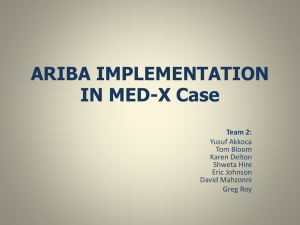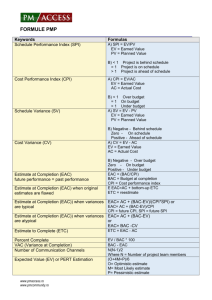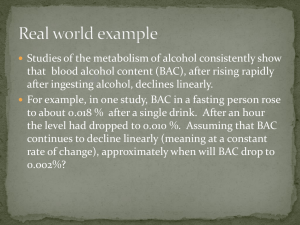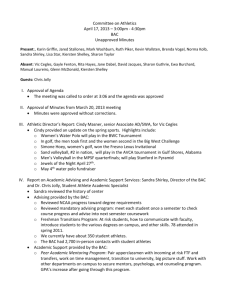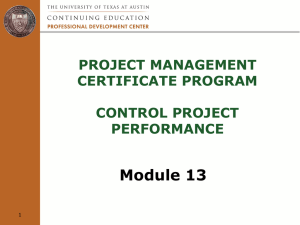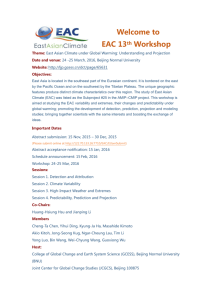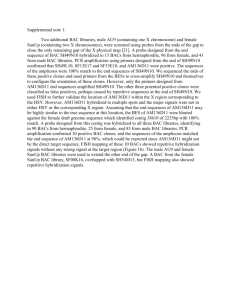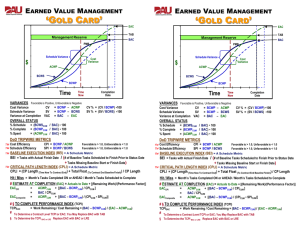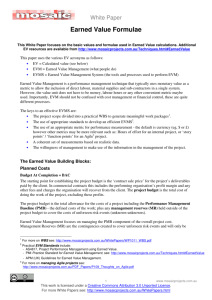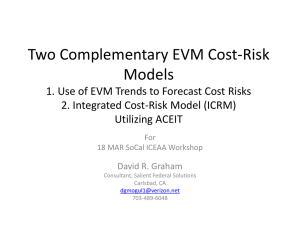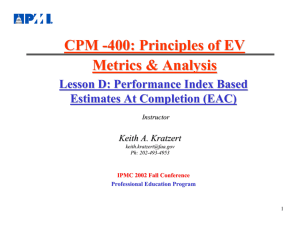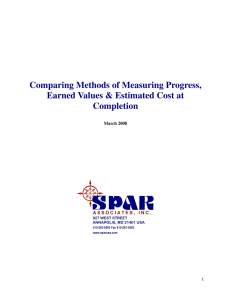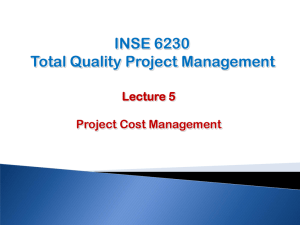Estimate At Completion (EAC)
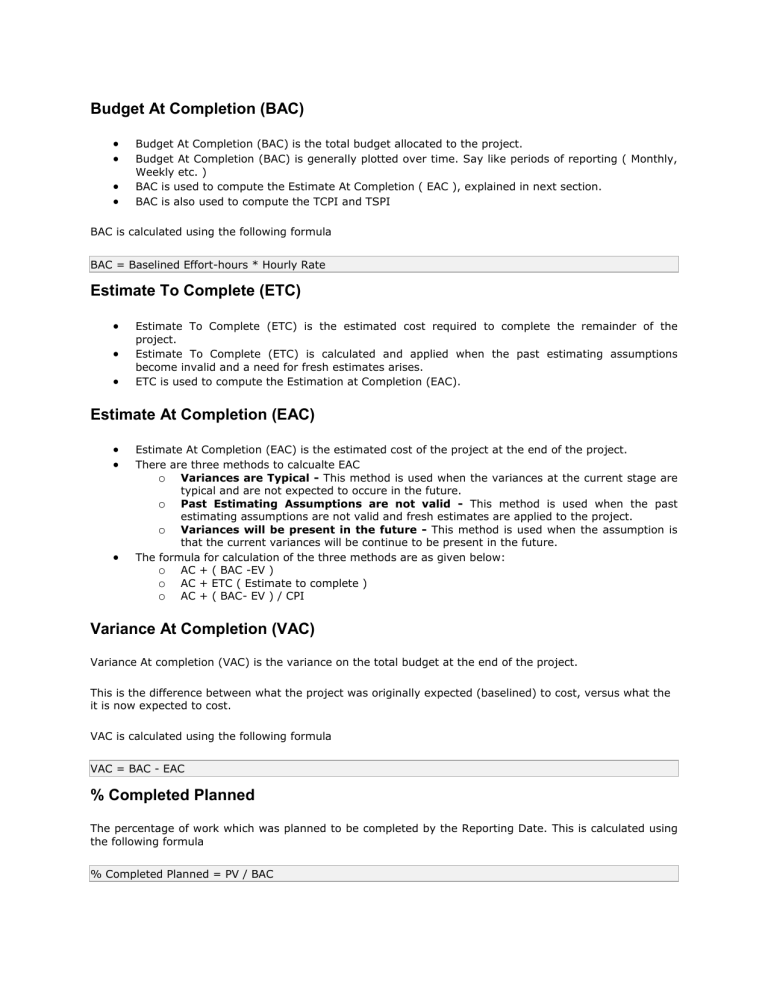
Budget At Completion (BAC)
Budget At Completion (BAC) is the total budget allocated to the project.
Budget At Completion (BAC) is generally plotted over time. Say like periods of reporting ( Monthly,
Weekly etc. )
BAC is used to compute the Estimate At Completion ( EAC ), explained in next section.
BAC is also used to compute the TCPI and TSPI
BAC is calculated using the following formula
BAC = Baselined Effort-hours * Hourly Rate
Estimate To Complete (ETC)
Estimate To Complete (ETC) is the estimated cost required to complete the remainder of the project.
Estimate To Complete (ETC) is calculated and applied when the past estimating assumptions become invalid and a need for fresh estimates arises.
ETC is used to compute the Estimation at Completion (EAC).
Estimate At Completion (EAC)
Estimate At Completion (EAC) is the estimated cost of the project at the end of the project.
There are three methods to calcualte EAC o Variances are Typical - This method is used when the variances at the current stage are typical and are not expected to occure in the future. o Past Estimating Assumptions are not valid - This method is used when the past estimating assumptions are not valid and fresh estimates are applied to the project. o Variances will be present in the future - This method is used when the assumption is that the current variances will be continue to be present in the future.
The formula for calculation of the three methods are as given below: o AC + ( BAC -EV ) o AC + ETC ( Estimate to complete ) o AC + ( BAC- EV ) / CPI
Variance At Completion (VAC)
Variance At completion (VAC) is the variance on the total budget at the end of the project.
This is the difference between what the project was originally expected (baselined) to cost, versus what the it is now expected to cost.
VAC is calculated using the following formula
VAC = BAC - EAC
% Completed Planned
The percentage of work which was planned to be completed by the Reporting Date. This is calculated using the following formula
% Completed Planned = PV / BAC
% Completed Actual
The percentage of work which was actually completed by the Reporting Date. This is calculated using the following formula
% Completed Actual = AC / EAC
To illustrate the concept of EVM and all the formulas, assume a project that has exactly one task. The task was baselined at 8 hours, but 11 hours have been spent and the estimate to complete is 1 additional hour.
The task was to have been completed already. Assume an Hourly Rate of $100 per hour. Using this information:
Hourly Rate = $100
PV or BCWS = Hourly Rate * Total Hours Planned or Scheduled
PV = $800 ($100 * 8 hours)
AC or ACWP = Hourly Rate * Total Hours Spent
AC = $1100 ($100 * 11 hours)
EV or BCWP = Baselined Cost * % Complete Actual
EV = $734 (baseline of $800 * 91.7% complete)
(NOTE % Complete Actual (below) to get the 91.7% )
BAC = Baselined Effort-hours * Hourly Rate
BAC = $800 (8 hours * $100)
EAC = AC + ETC
EAC = $1200 (1100 + 100)
VAC = BAC - EAC
VAC = -$400 ($800 - $1200 )
% Completed Planned = PV / BAC
% Complete Planned = 100% ($800 PV / $800 BAC)
% Completed Actual = AC / EAC
% Complete Actual = 91.7% ($1100 AC / $1200 EAC)
SV = Earned Value (EV) - Planned Value (PV)
SV = -$66 ($734 EV - $800 PV)
SPI = Earned Value (EV) /Planned Value (PV)
SPI = 0.91 ($734 EV / $800 PV)
CV = Earned Value (EV) - Actual Cost (AC)
CV = -$366 ($734 EV - $1100 AC) indicating a cost overrun
CPI = Earned Value (EV) /Actual Cost (AC)
CPI = 0.66 ($734 EV / $1100 AC) indicating over budget

